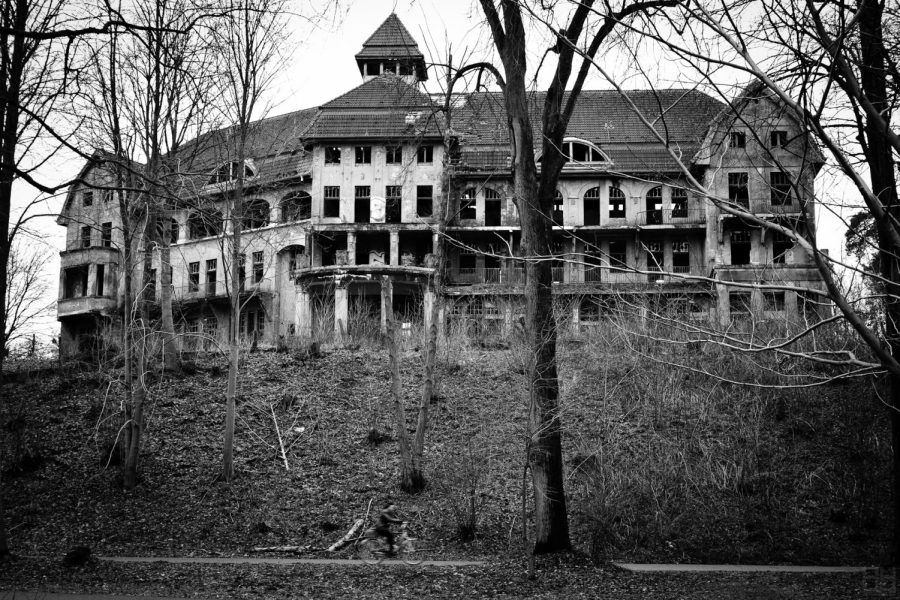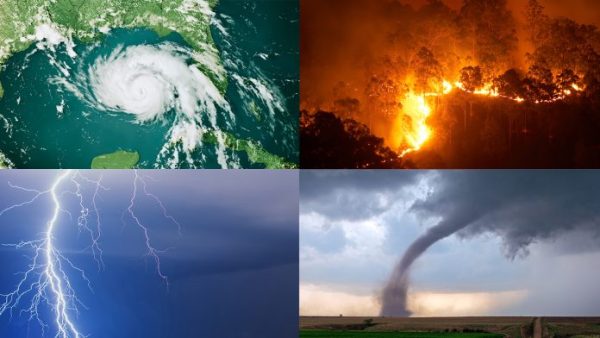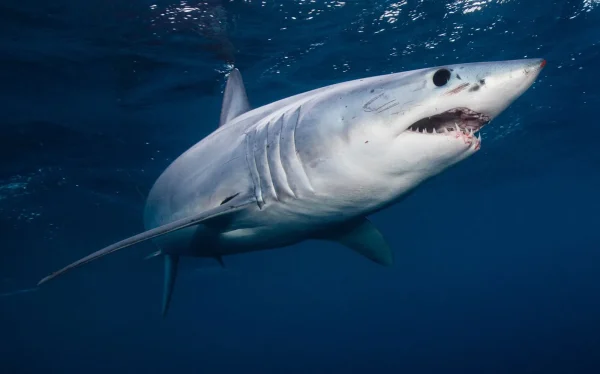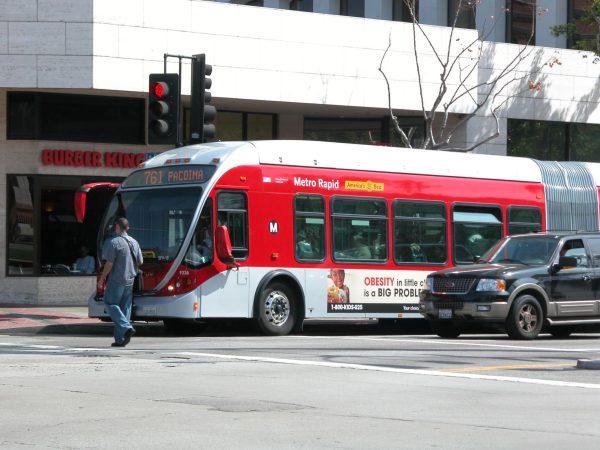Haunted houses: their history and why people like them
A picture of supposedly haunted house, “The Haunted House Das Geisterhaus.”
Scary costumes. Horrifying effects. Realistic screams. These are all just a few aspects you can find yourself experiencing at a haunted house. While haunted houses are a great place to have some fun and a good scare, have you ever really wondered why these thrill-inducing places were created? Or when they were created? If you ever have, then this is the place to look.
Haunted houses made for entertainment go back about two decades, somewhere around 19th-century London. Madame Tussauds is a wax museum, and its “Chamber of Horrors” attraction is a great example of one of the earliest haunted houses. The Chamber of Horrors, opened in 1802, was a display of waxed figures, showing criminals and former guillotine victims of the French Revolution.
According to Haunt Society, “During the Great Depression, parents actually arranged haunted houses to entertain their children during Halloween. These first haunted houses were very simple in nature in the beginning.” These haunted houses had spooky decorations in families’ basements, and kids could go around and explore different basements. The reason haunted houses were even being made was to prevent young kids and teens from doing “pranks”. However, these pranks consisted of vandalizing, or damaging, property and harassing strangers. So to deal with this, haunted houses were created as distractions.
So, how did haunted houses become so popular? Well, according to Smithsonian Magazine, “The haunted house didn’t become a cultural icon, though, until Walt Disney decided to build one.” This of course refers to Disneyland and its famous Haunted Mansion. The Haunted Mansion was opened in 1969 and was a huge success immediately, gaining about 82,000 visitors in a single day, also according to Smithsonian Magazine. The reason why this attraction blew up was because of the special effects and technology used. People had not seen 3D and realistic figures yet, and Haunted Mansion showed how much of an advancement haunted houses had made.
Another factor of haunted houses’ popularity was the uprising of classic horror movies, such as Friday the 13th and A Nightmare On Elm Street. Haunted houses benefited from this because the movies made horror go into demand, and both characters, Jason Voorhees and Freddy Krueger, made their way into haunted houses. This was all in a span of about ten years, from 1980 to 1990.
So, why do people love haunted houses and their scariness? Well, I asked my mom if she’d ever been to a haunted house, if it was scary, and how did she feel? She replied, “I think I have been to a haunted house, if Halloween counts. Yes, it was scary in there. I had fun because I went with my friends and it was also scary but intriguing.” But to explain more, Time conducted an experiment where they gave people sensors on their head to track their moods. “Mood increases were particularly significant among people who said they had “challenged their fears,” and among those who described the experience as “intense” and “thrilling.” “Afterwards, people feel great. It’s kind of like the idea of pain offset: you feel better when pain is removed.” So it seems that the intensity and thrill of haunted houses are why people are attracted to them.
In conclusion, haunted houses nowadays aren’t limited. From classic jump scares to escape rooms, people love the thrill of all of these. Haunted houses today are still as popular as ever!






Ayline • Dec 5, 2023 at 1:04 pm
Something I learned is that haunted houses were created to distract kids and teens from vandalizing, and harassing others during the great depression.
Victor M • Jan 5, 2023 at 1:58 pm
Something I learned was that one of the earliest haunted houses ever, was in 1802.